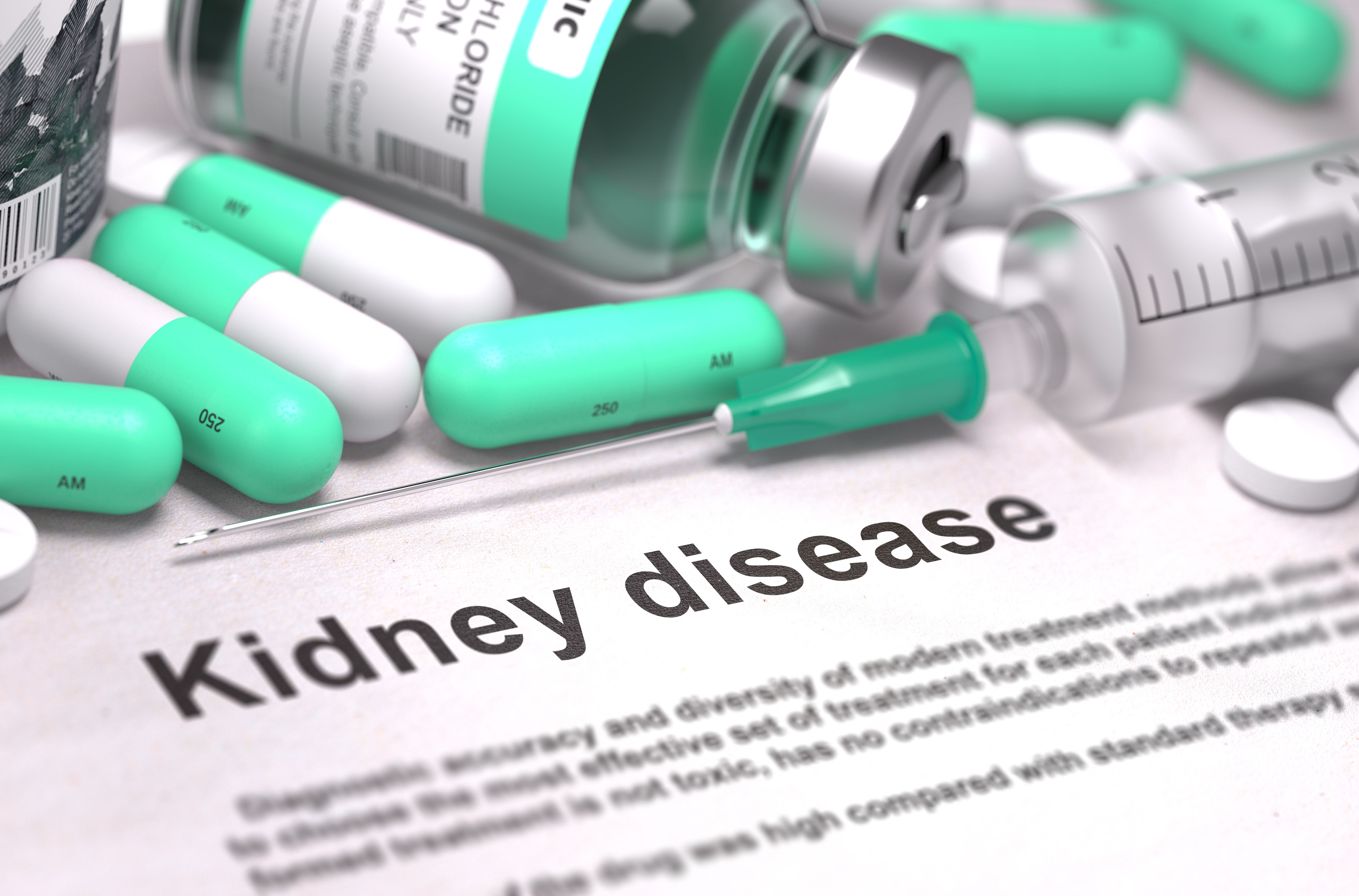Video
CKD: Healthcare Resource Utilization
Author(s):
Robert Toto, MD, discusses key factors of healthcare resource utilization for patients with chronic kidney disease (CKD) and gives an overview of the link between CKD and cardiovascular disease.
Robert Toto, MD: Health care resource utilization for patients with chronic kidney disease is a major issue. There’s a spectrum of chronic kidney disease, from stage I, which is the best kidney function, to stage V, which is kidney failure, in which patients require renal replacement therapy, either from dialysis or kidney transplantation The utilization of health care resources across this span of kidney stages, if a patient has a progressive form of chronic kidney disease, it is a very costly outlook, in terms of use of health care resources. This includes both outpatient clinic resources, as disease progresses, as well as hospitalization resources because of complications that occur as a consequence of chronic kidney disease. If a patient reaches kidney failure and requires dialysis or kidney transplant, then the utilization of health care resources begins to skyrocket, because the dialysis is done 3 times a week if it’s hemodialysis. It’s daily if it’s peritoneal dialysis. There are a lot of supplies associated with that, but also a lot of health care in the dialysis center and in the patient’s outpatient setting if they’re on peritoneal dialysis.
Moreover, the transplant option for patients with chronic kidney disease requires the use of a lot of health care resources, and not just by treating nephrologists who typically are following these patients at that stage of their kidney disease through a transplant program, but many specialty physicians who must be involved in the care of the patient as they approach transplant. This includes cardiology, gastroenterology, sometimes oncology, and that’s to say nothing about the use of the resources for imaging and laboratory data that need to be collected. It’s particularly specialized laboratory data for the transplant patient, because they have to have testing of their immune system alleles to match them for transplant, for example. So there’s a very broad spectrum and a very deep requirement for health care resources for patients with kidney disease, and it depends on the stage of the kidney disease, but the higher the burden of the kidney disease, meaning the later the stage of the disease, the closer the relationship between that and the health care resource utilization.
There’s a very strong link between kidney disease and cardiovascular disease, and we’ve been learning more and more about this over the past decade. We now understand that chronic kidney disease can lead to chronic heart disease and cardiovascular disease, and vice versa. We know that chronic heart disease can lead to chronic kidney disease. Some have called this interrelationship the cardiorenal syndrome, which is describing what I just mentioned—heart disease causing kidney disease or kidney disease causing heart disease. This can be either acute heart disease, which can cause acute kidney disease, or chronic heart disease, which can cause chronic kidney disease. We see in patients with chronic kidney disease very high rates of heart failure, and high rates of coronary artery disease that lead to either procedures, such as placement of stents, or perhaps coronary bypass grafts on the patient. We also see high rates of arrhythmias in patients with chronic kidney disease, so it’s not one syndrome that describes all of the interactions, but rather, it’s multiple syndromes that describe the interactions between kidney and cardiovascular disease.
One of the things that we’ve learned over the past couple of years, through clinical trials as well as observational studies, is that patients with chronic kidney disease are more likely to die than they are to progress to kidney failure. For example, patients who have stage III chronic kidney disease, which means their estimated glomerular filtration rate is somewhere between 30 and 59, is more likely to die, and more likely to die of a cardiovascular event, than they are to actually reach end-stage kidney disease. That tells you right there this critical interrelationship between kidney disease and cardiac disease. The patients with chronic kidney disease, if you look at the numbers with stage IV and V disease versus the estimates, in the US and around the world, with stage III disease, what you see is a very high prevalence of patients with stage III disease compared to stage IV and V disease, and that’s primarily because of cardiovascular death, as well as death from other causes, such as cancer, and so on. So one of the burdens of chronic kidney disease is a burden of cardiovascular disease, and I would extend that even beyond cardiac disease per se, because peripheral artery disease is also quite common in patients with chronic kidney disease, particularly those with diabetic kidney disease. That, unfortunately, can lead to ischemic limbs, which means the patient can develop gangrene of a foot or a hand, and that gangrene is a result of vascular disease.
Transcript edited for clarity.




